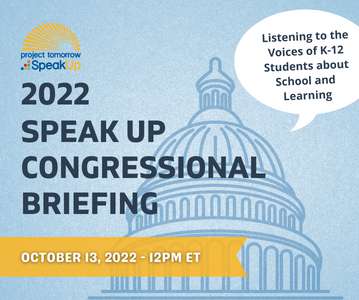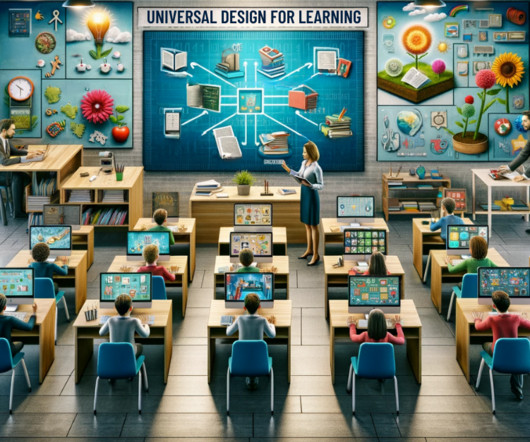Characteristics of The 21st Century Classroom
Educational Technology and Mobile Learning
JANUARY 4, 2024
When I embarked on my teaching journey back in 2003, the landscape of the classroom was quite different from what we see today. This facet of modern education transcends the traditional use of textbooks and blackboards, weaving digital tools seamlessly into the learning process (NETP, 2017)).

















Let's personalize your content